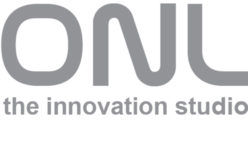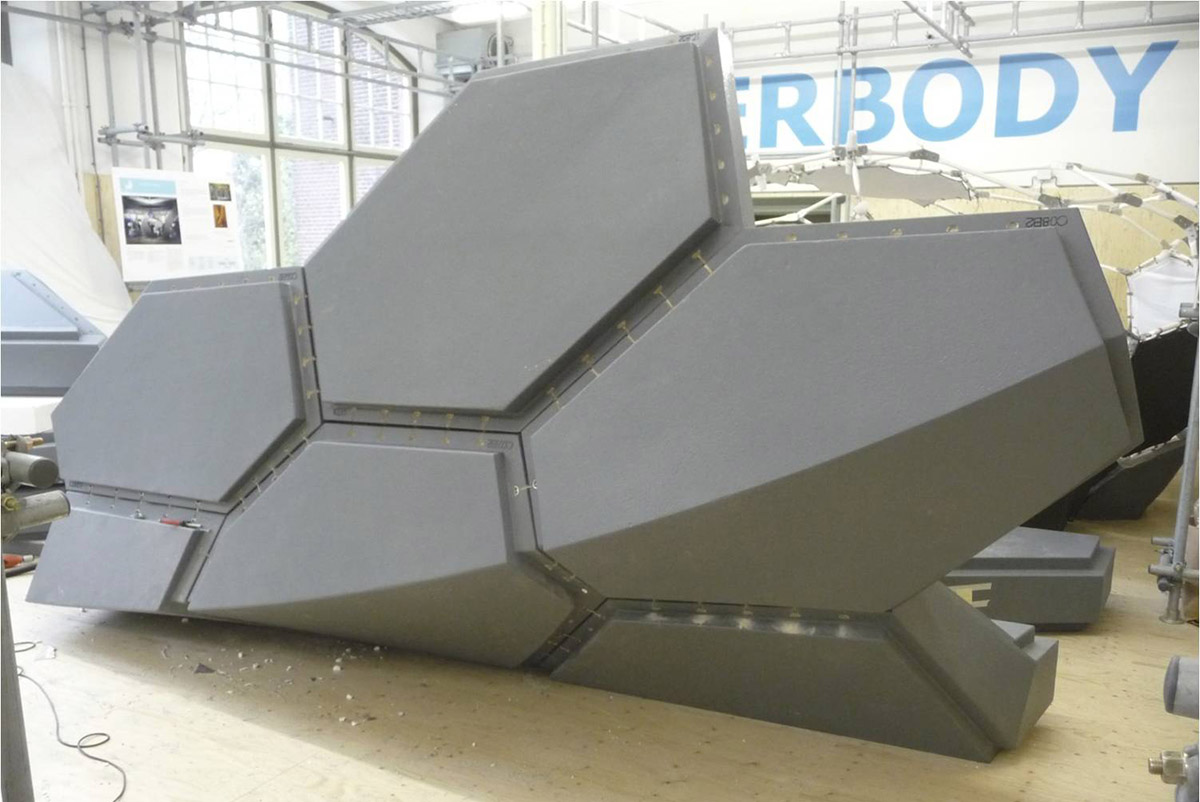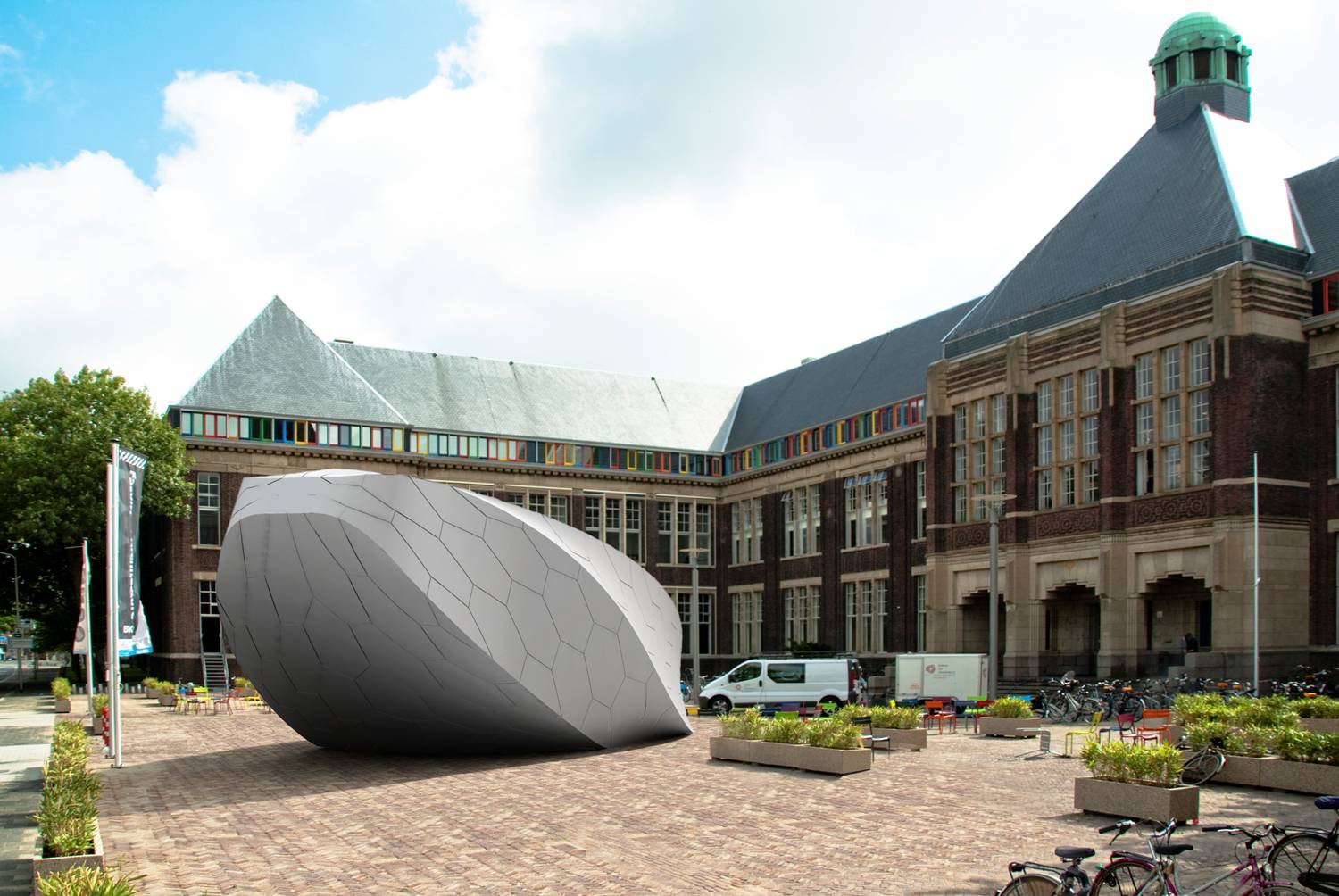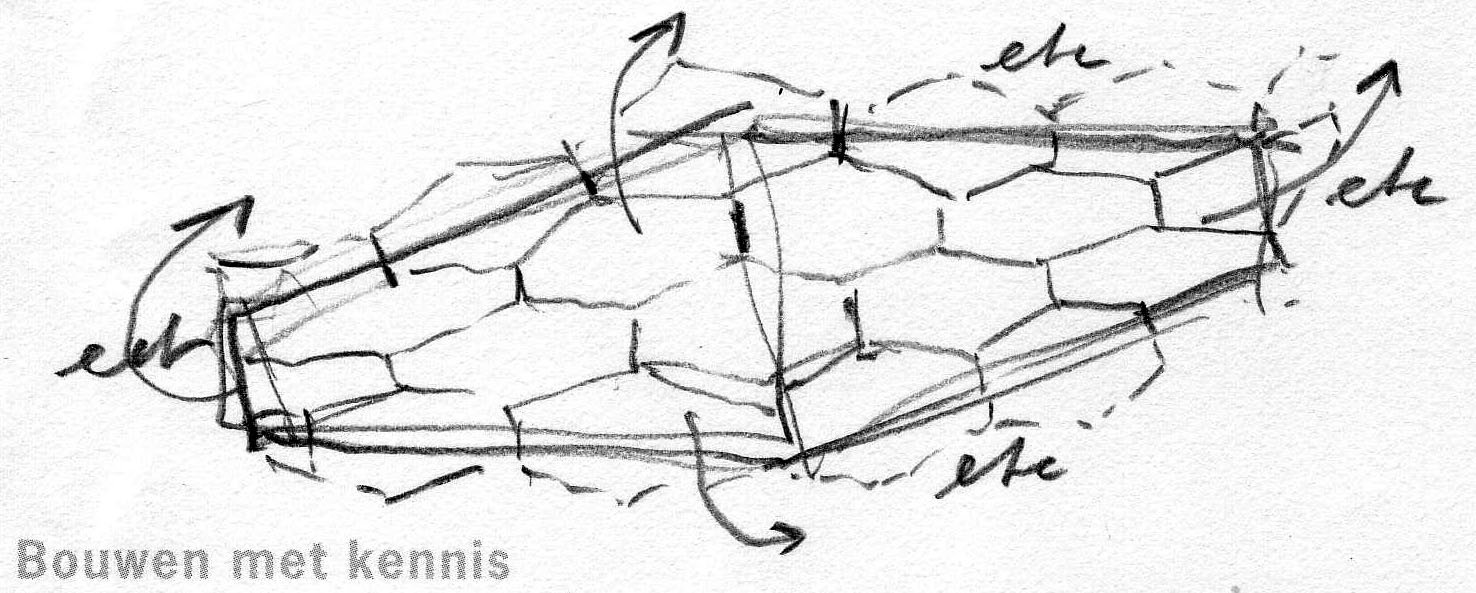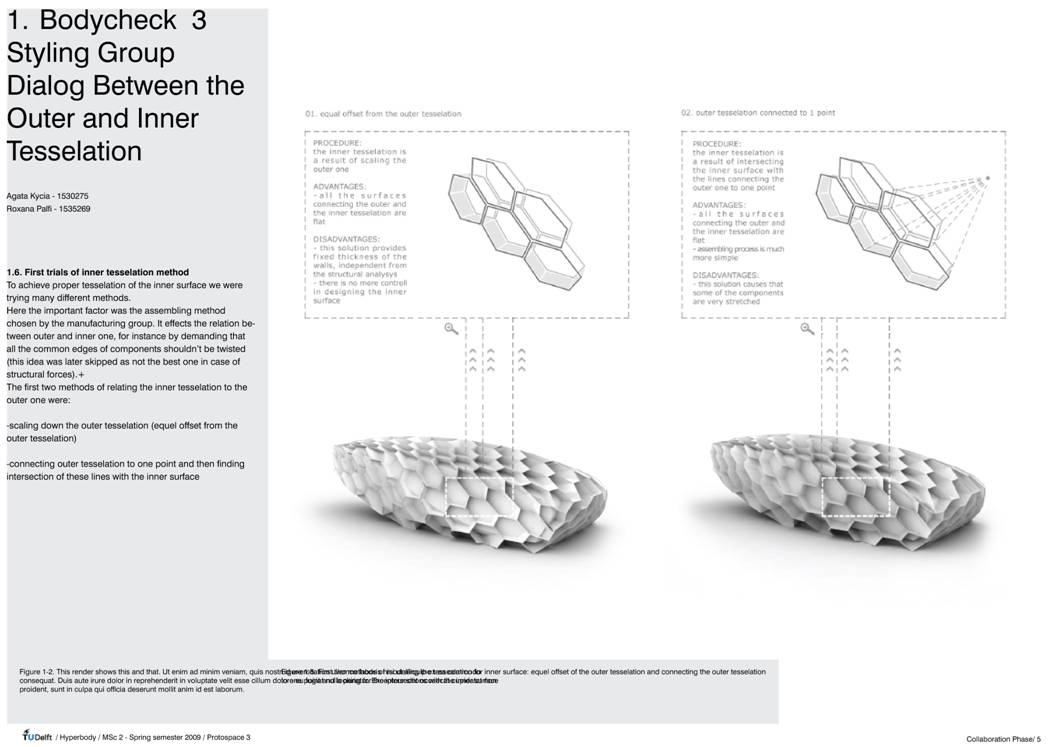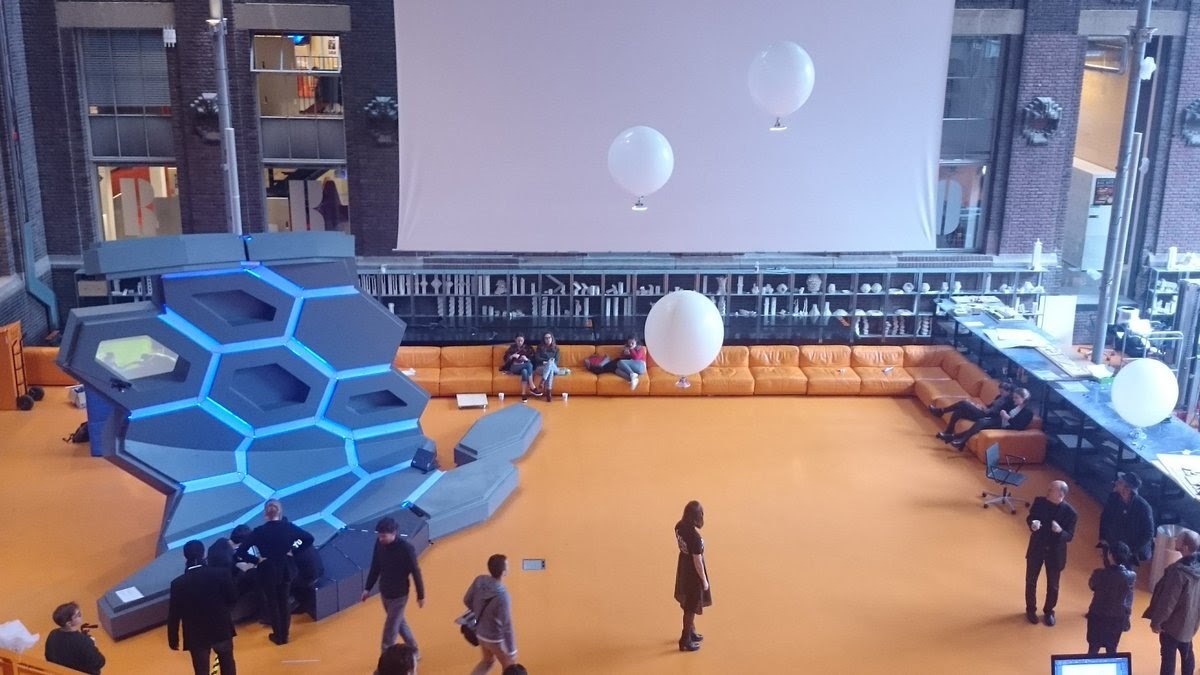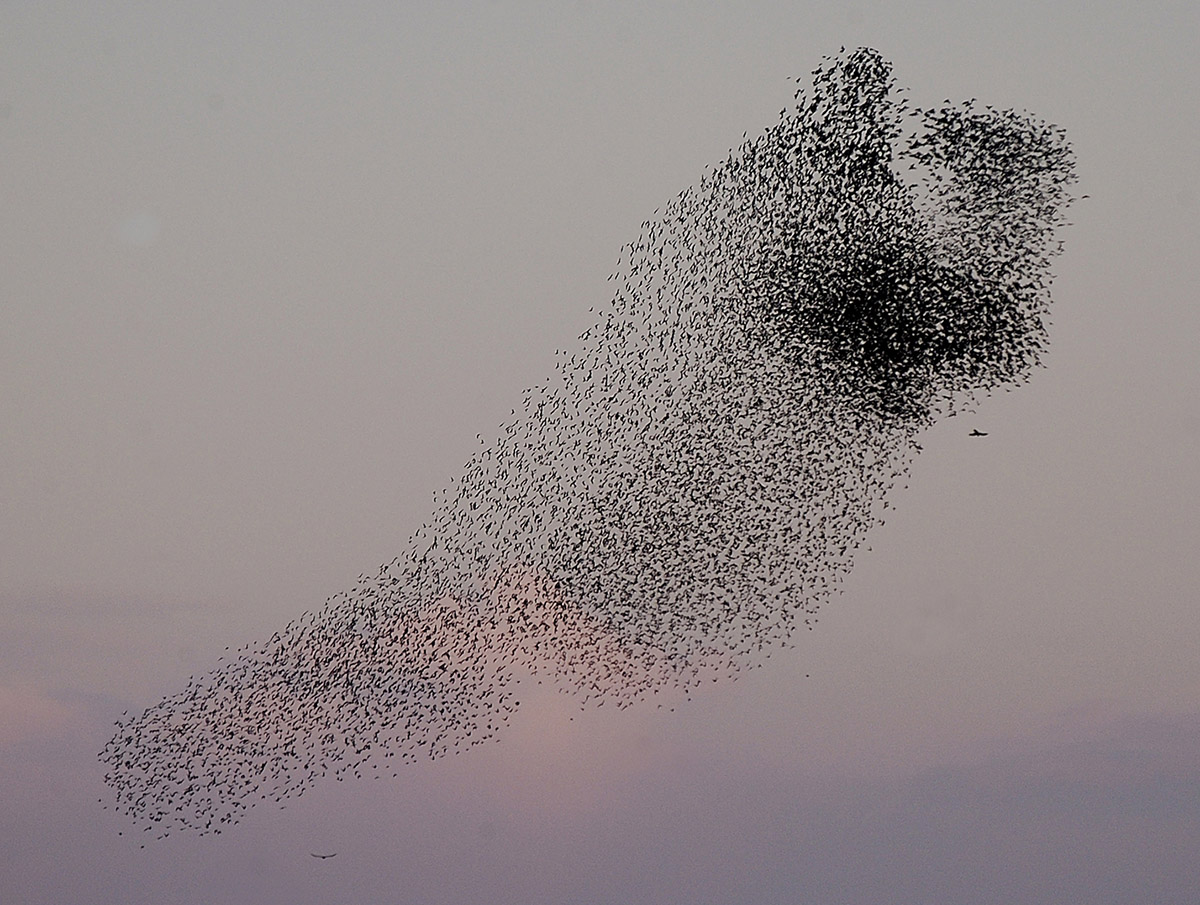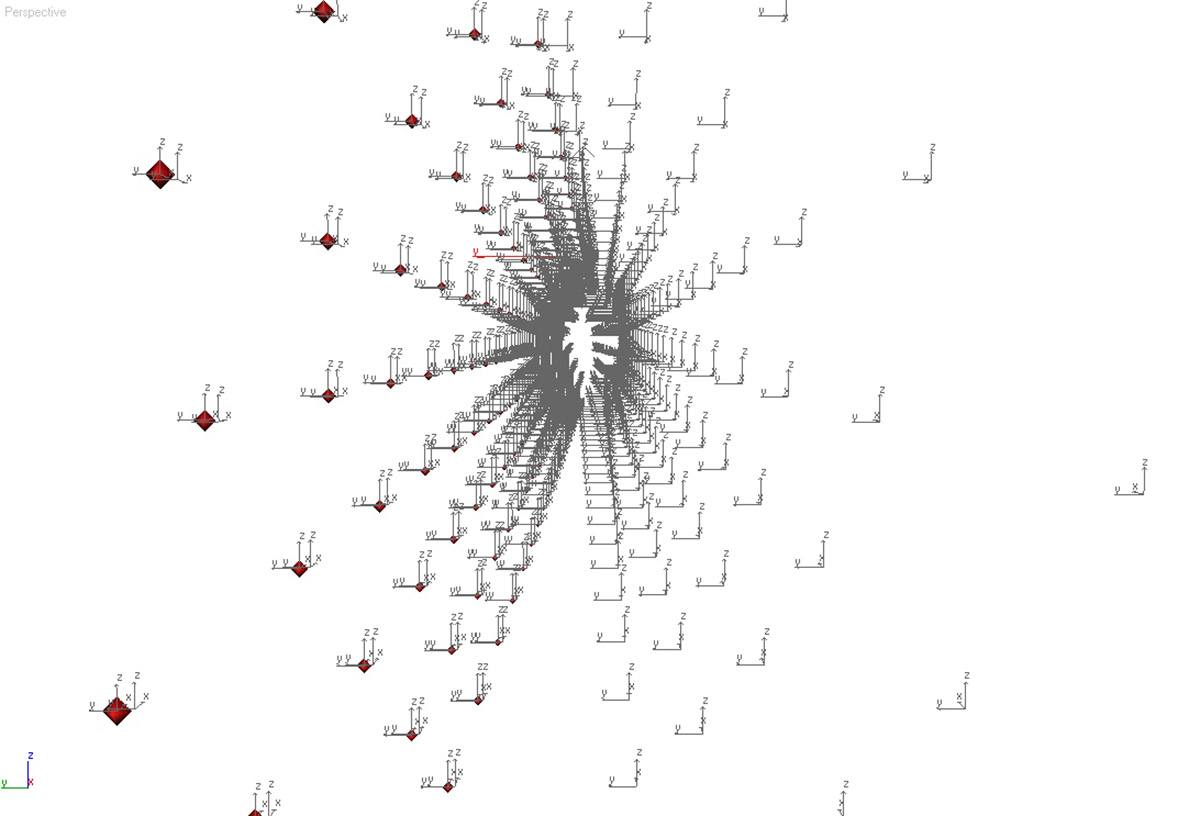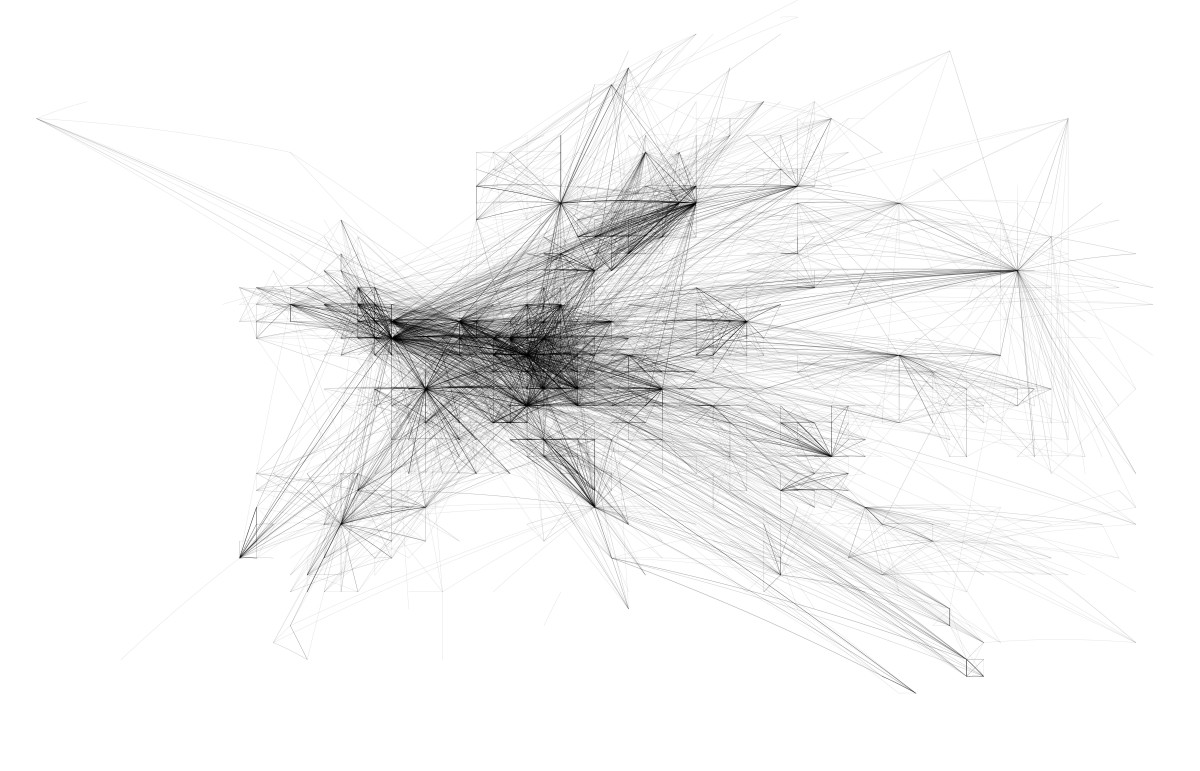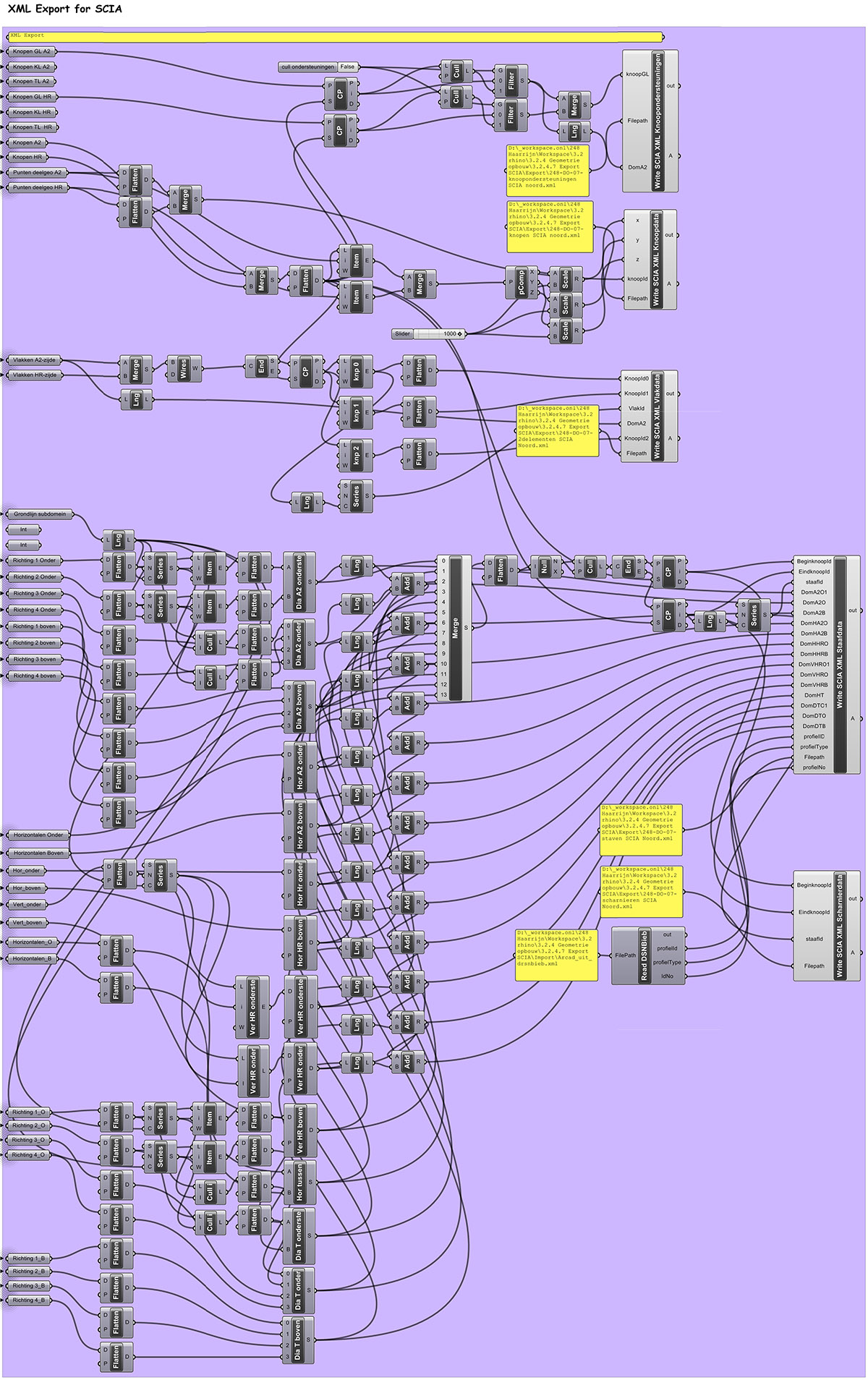
005 Grasshopper script Haarrijn
A typical procedure in VAA.ONL / Hyperbody designs is to define the feature lines of the whole structure first, then define the point cloud of reference points, and then augment the points with further details for the physical nodes. The data produced by the Grasshopper scripts are directly used for the CNC production of the constituting building components. The Haarrijn sound barrier features s dense stainless steel mesh along the A2 side and 6mm solid natural aluminium plates at the other side. As in all VAA.ONL designs all sides are considered to be front sides, and are treated as such. For the Haarrijn project we have taken the responsibility for the structural design as well. In collaboration with Arcadis we have set up an immediate link between the geometry of the designer and the caculations of the structural engineer. One of the clues for the evolutionary success of synthetic architecture is the direct link in the early design process between the most relevant disciplines. In the Haarrijn project we took the initiative to set up the direct link between our Grasshopper file and the structural engineers SCIA file. Grasshopper exports coordinates and other on beforehand agreed data to XML. SCIA reads the XML file, changes some data on the basis of the calculations, and exports the new data to XML which are read again by Grasshopper. This direct facilitates an intense feedback loop between designer [geometry] and engineer [calculation]. the feedback loop is itinerated many times as to reach the optimum in kg´s steel, number of nodes, foundation frequency and costs.
